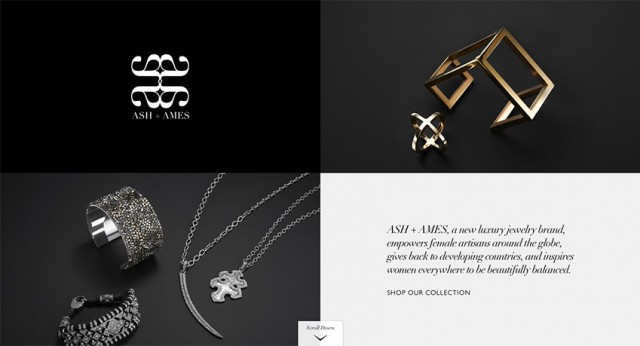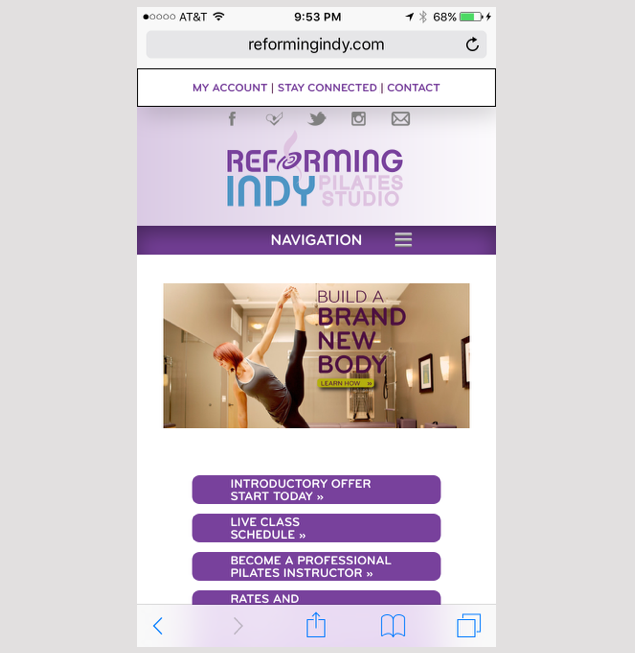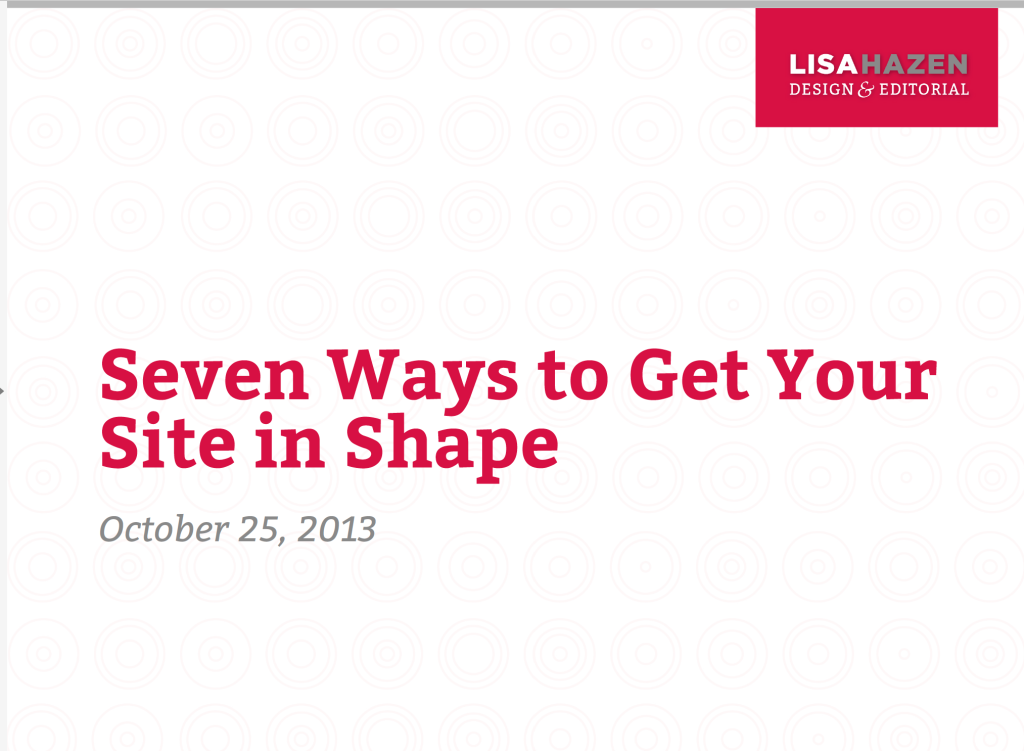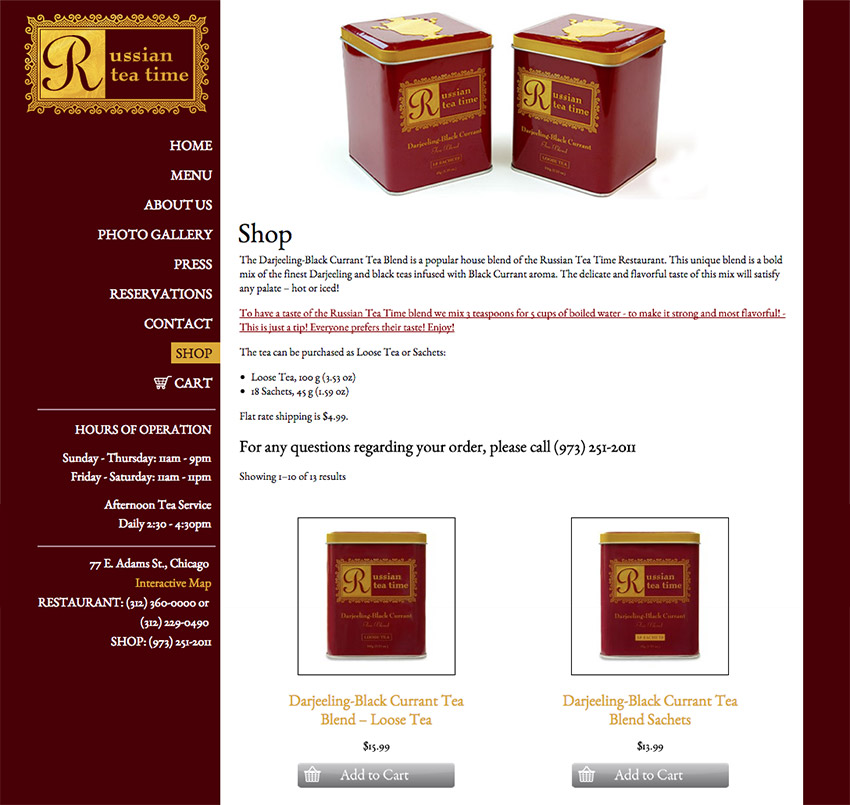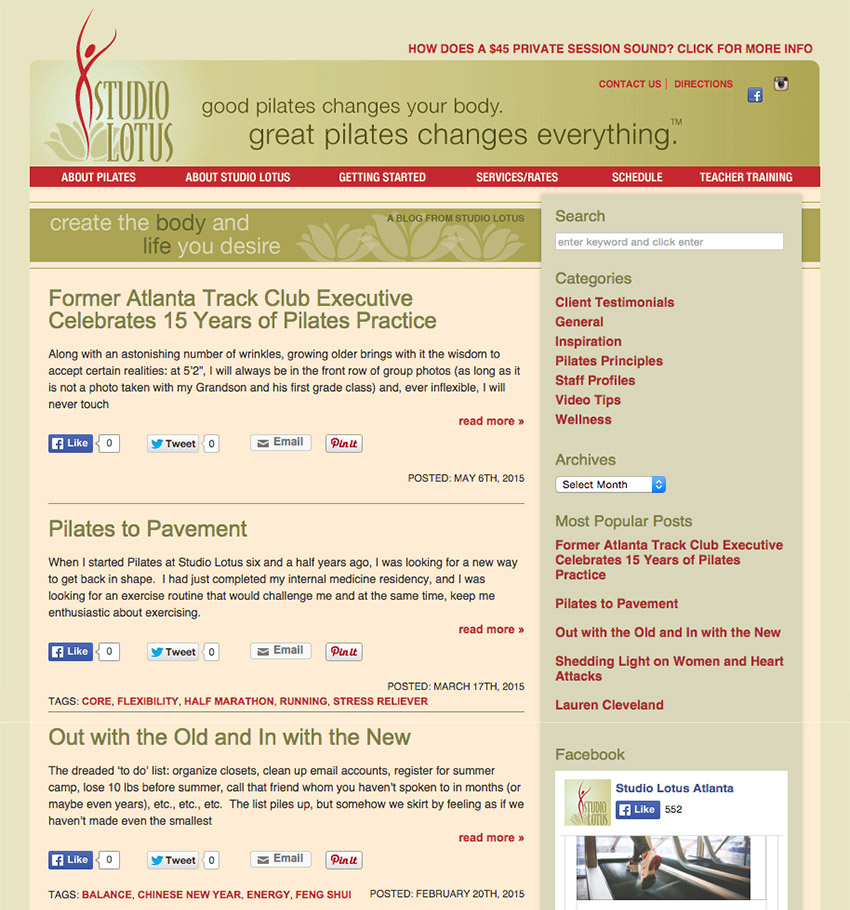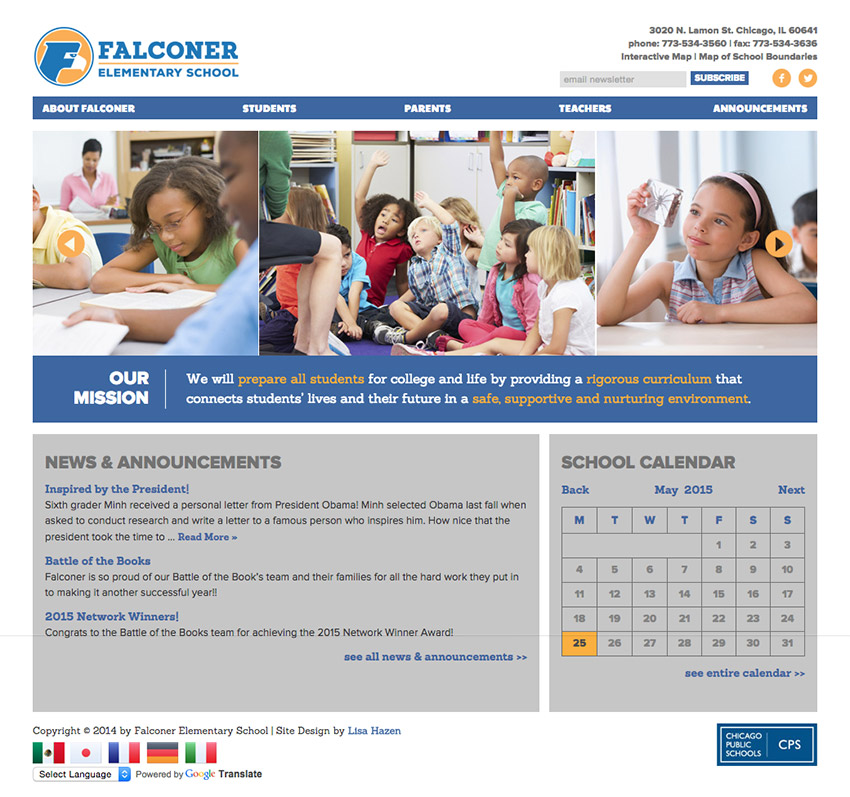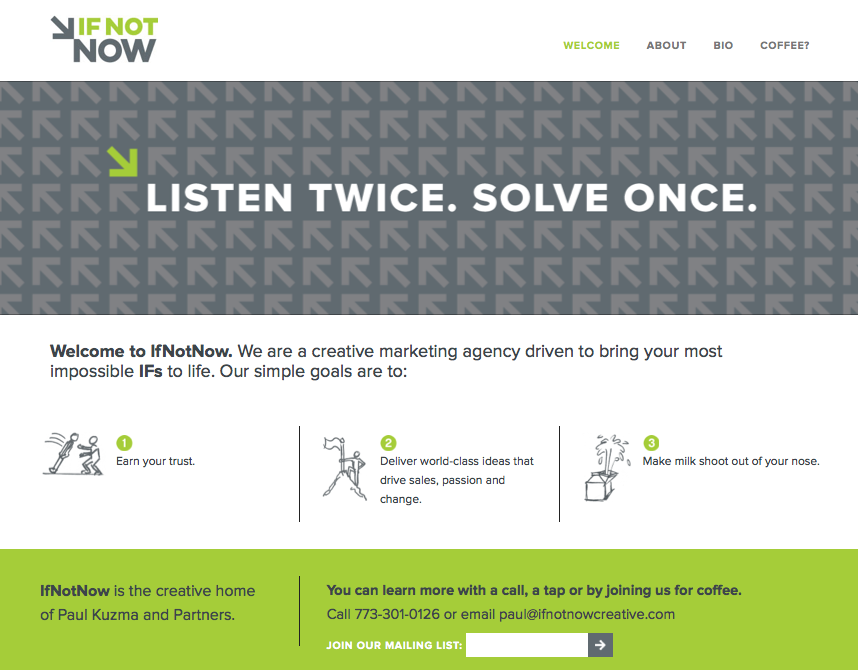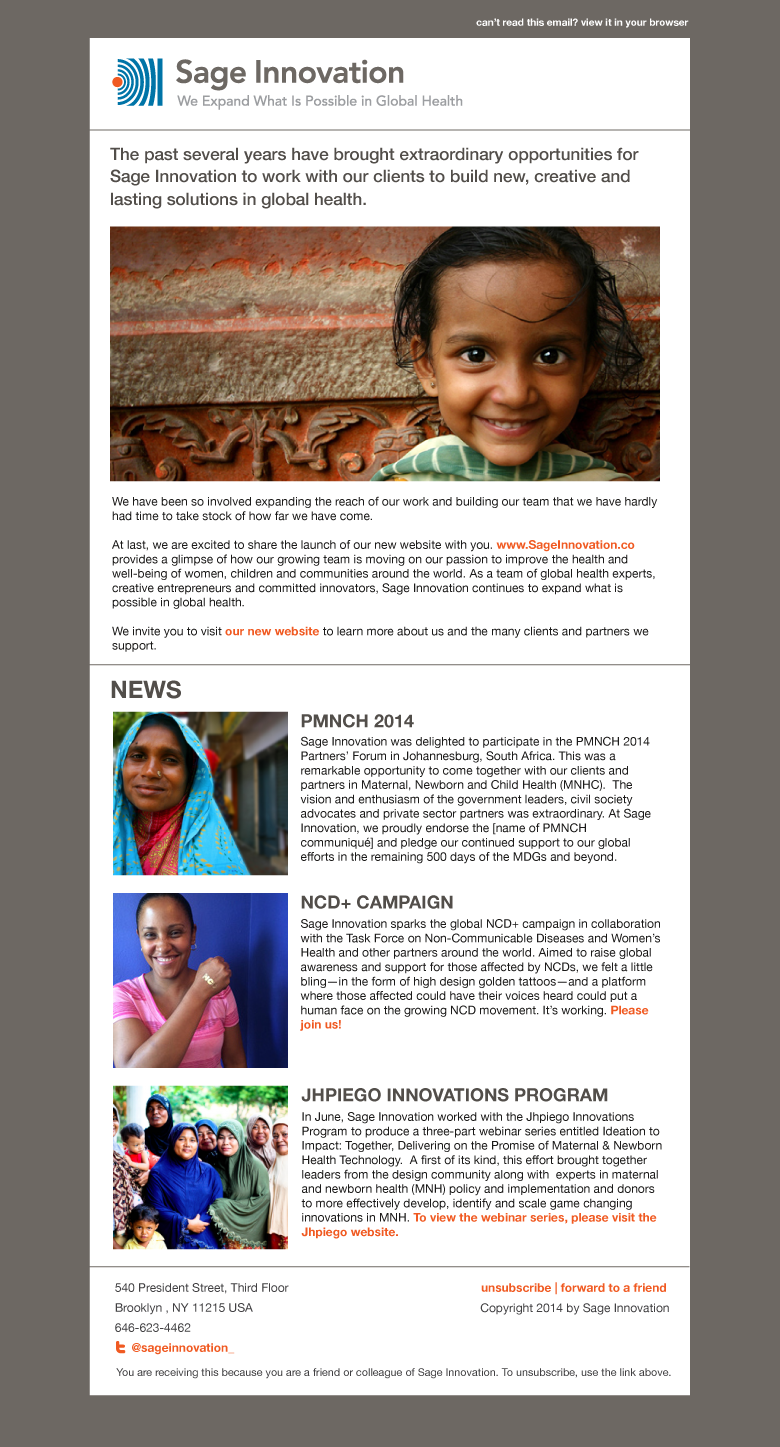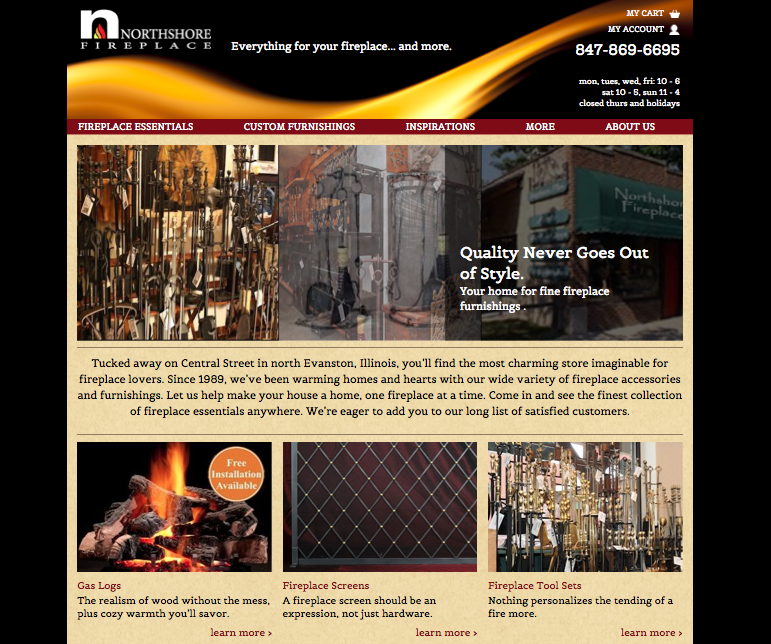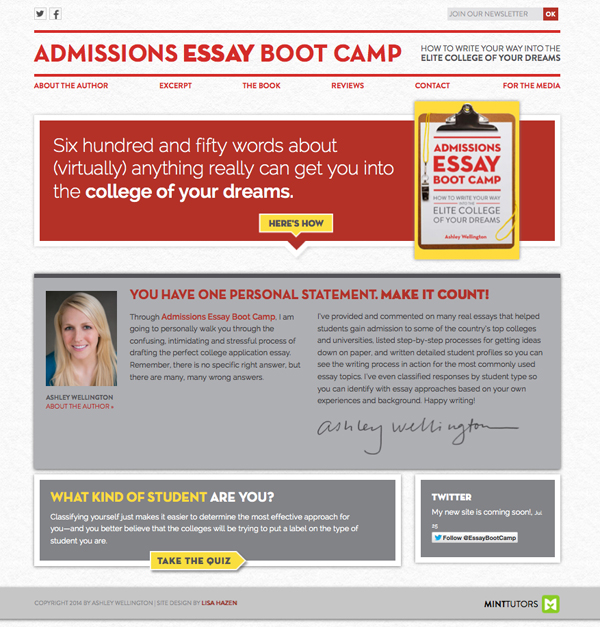I am *beyond* thrilled to announce the ecommerce launch of ashandames.com. Although I didn’t design the site (that was NY’s King & Partners, who has designed sites for Victoria Beckham, Mario Testino and Phillip Lim), I did (with my team) design the lookbook, invites, business cards, misc. other collateral and handle site production. I even wrote some of the copy. Beyoncé was snapped wearing some of their pieces, which should tell you everything you need to know about how I feel about this company and brand. Such a joy to work with inspiring women like founders Trisha and Amy!
